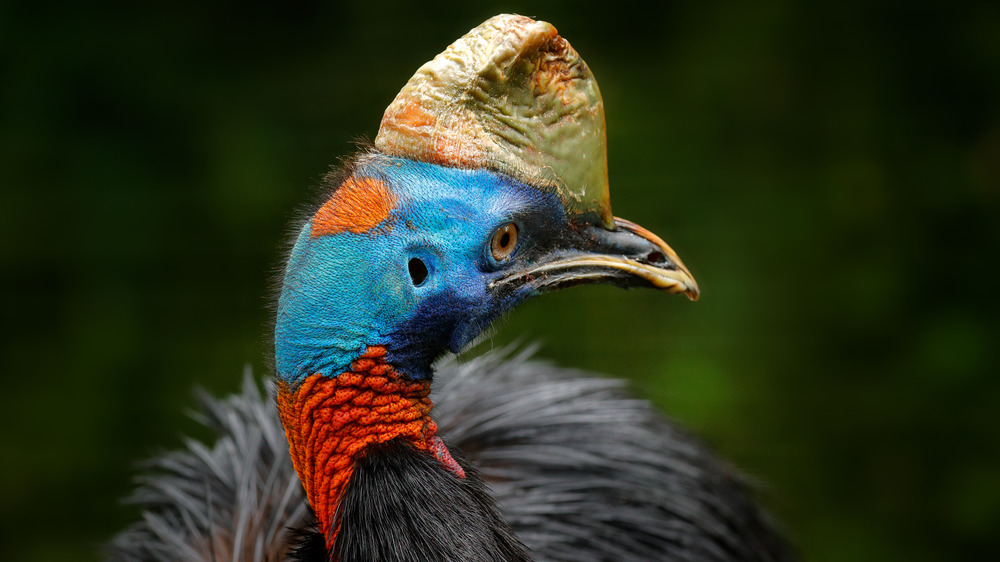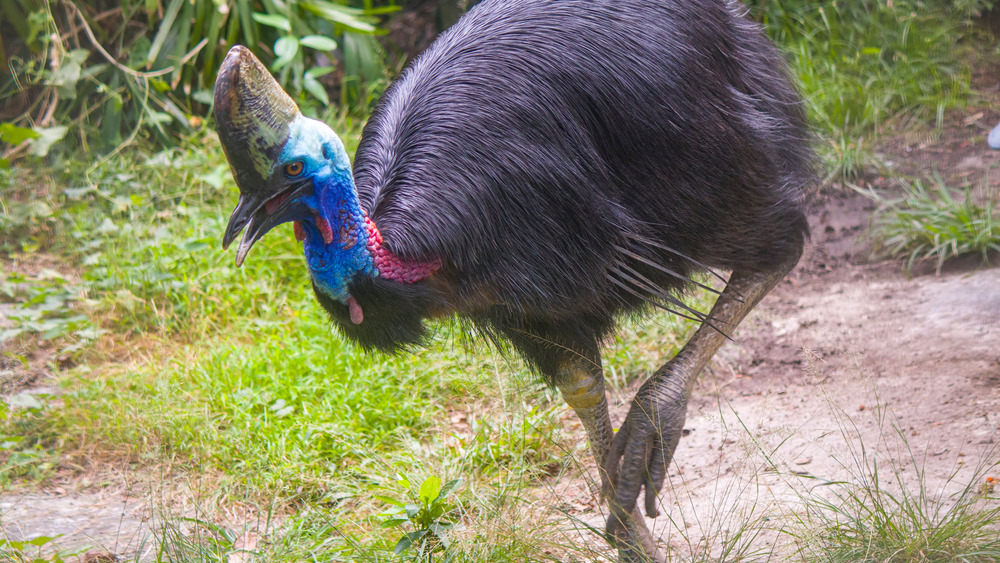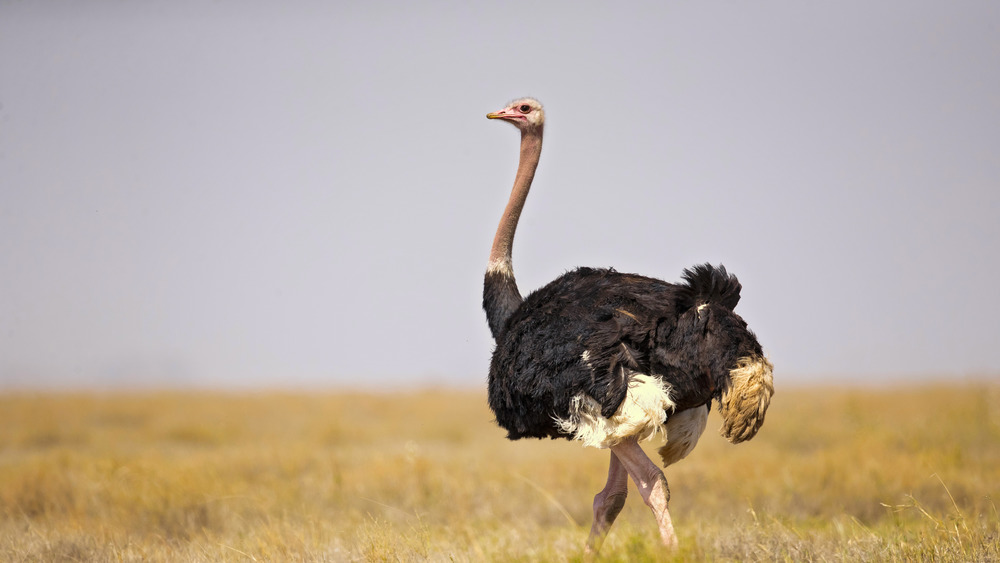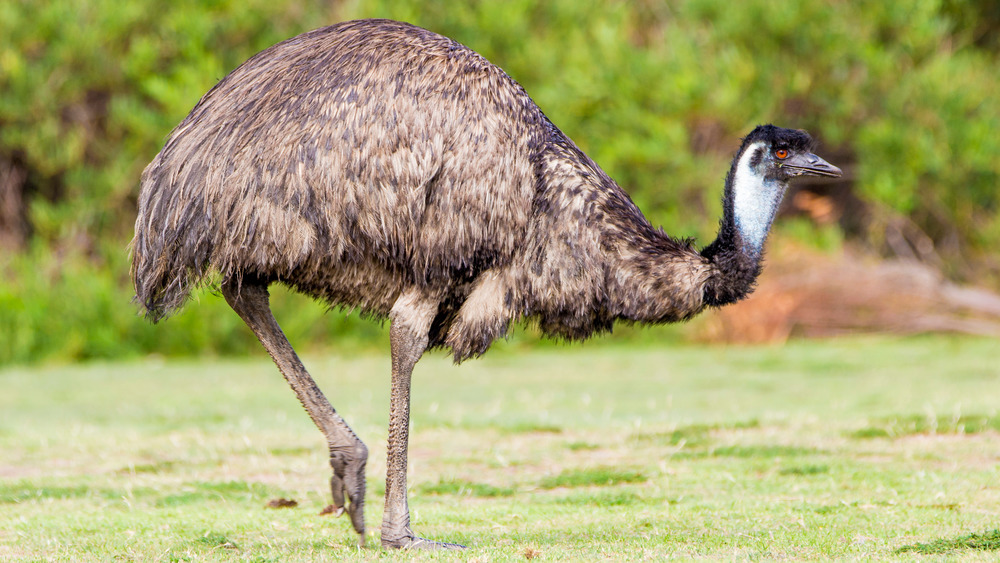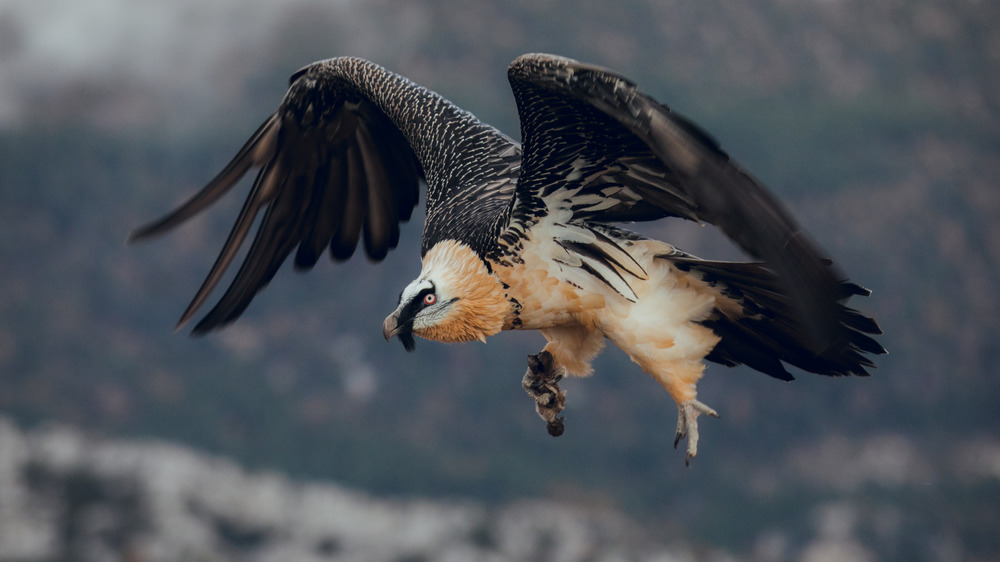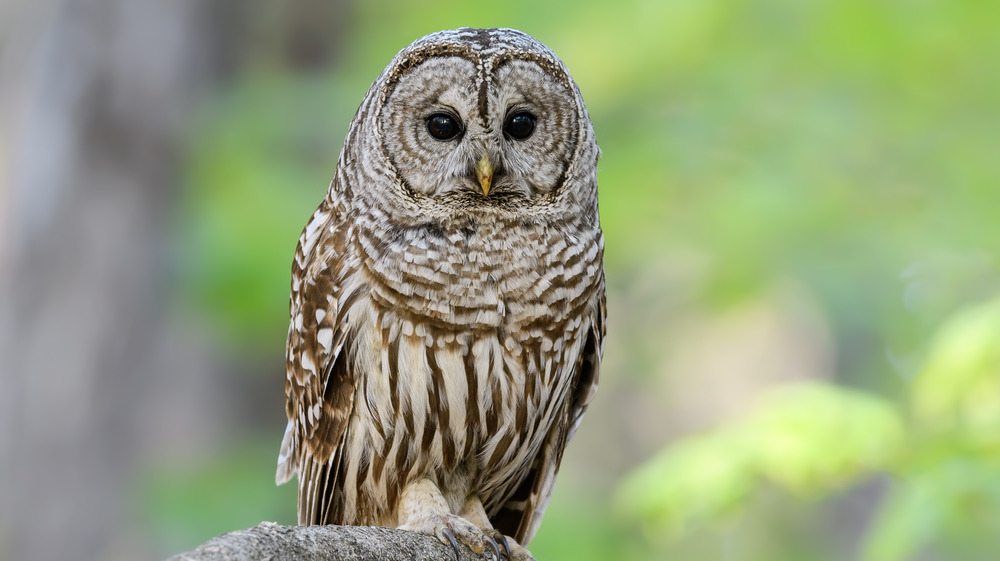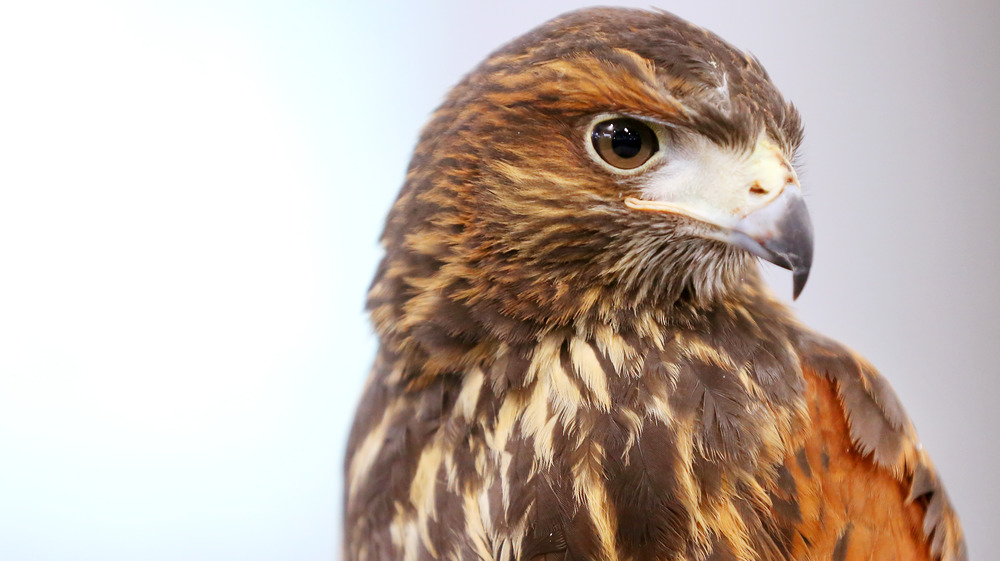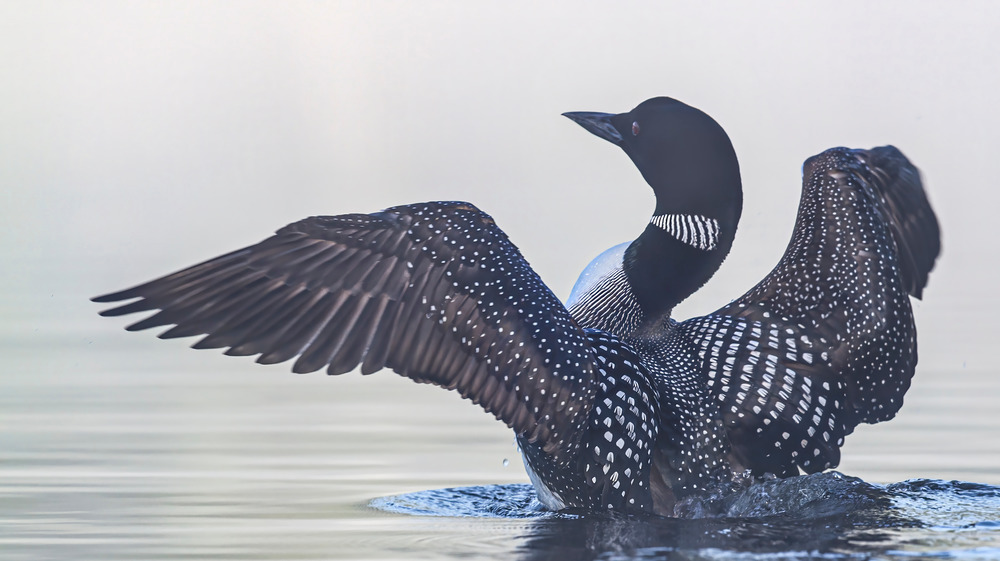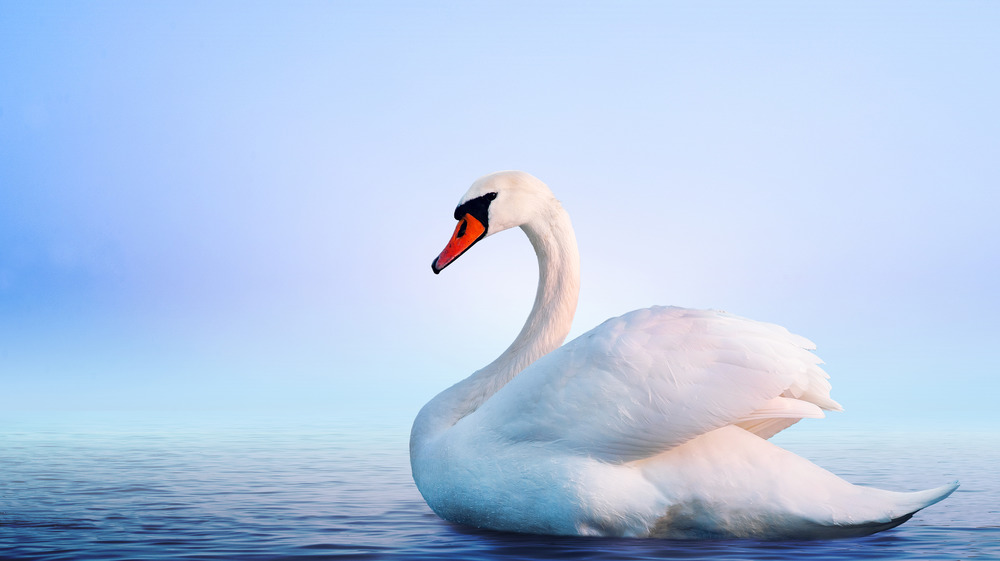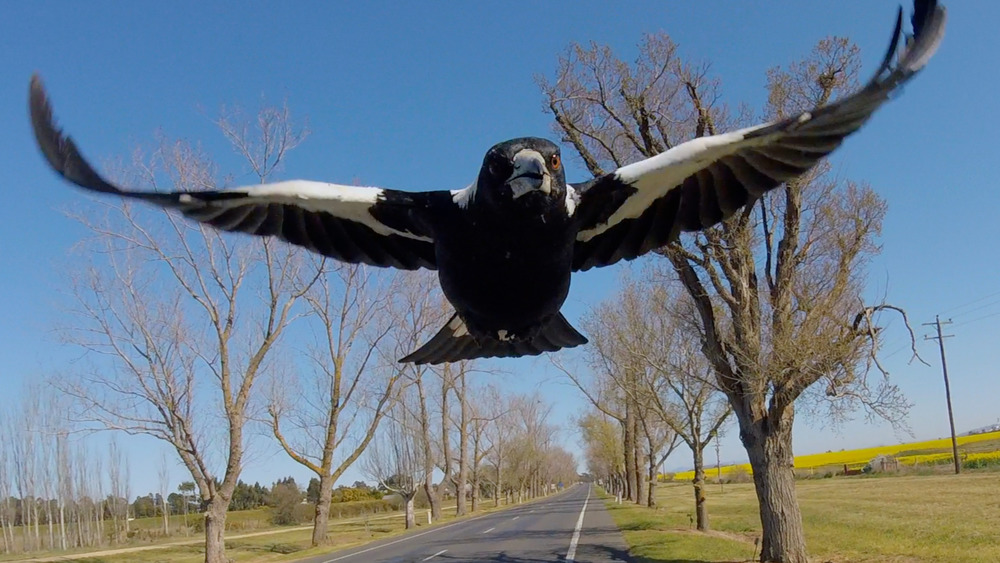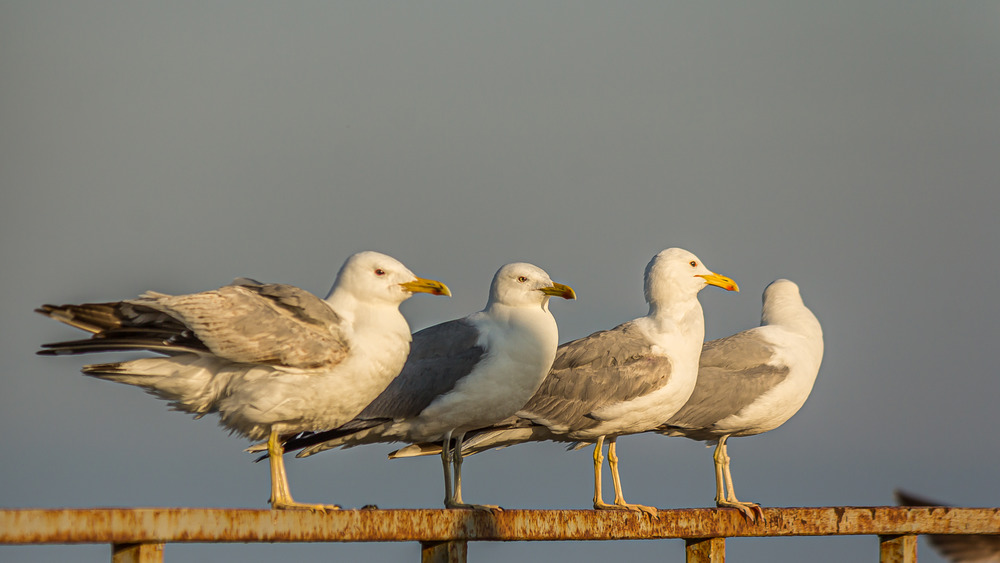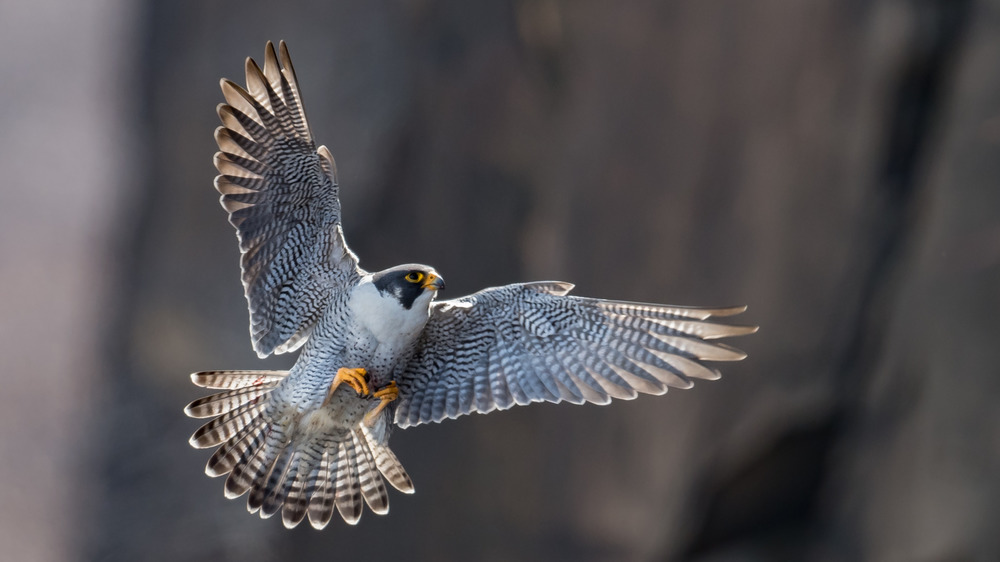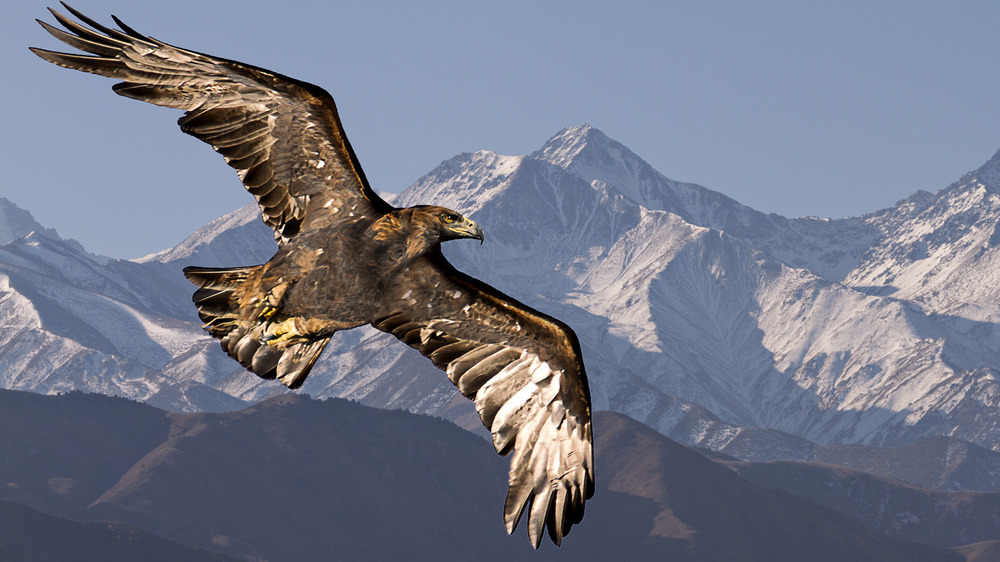The Deadliest Birds Alive Today
Admittedly, your average bird isn't very dangerous. Birds are more likely to spread illness than cause physical injury — and any individual bird is more likely to wake you up in the morning than attack you. It's not known how many people are killed every year by birds, but it probably isn't a lot. Comparatively, the common cat kills about 2.4 billion birds a year, according to the American Bird Conservancy.
Still, that doesn't mean that there aren't a lot of very dangerous birds out there — or that you shouldn't be cautious when confronting one.
Certainly, birds have become less dangerous. Go back 10,000 years ago and the largest birds — the elephant birds of Madagascar, according to BBC — stood three meters tall and could easily kill most humans. Go back a mere few hundred years ago, and the giant Haast's Eagle dominated New Zealand skies, feeding on other large, flightless birds.
Let's take a look at modern birds — some that you might need to go to the zoo to see and others which might be remarkably close to home.
Cassowaries are agreed to be the world's most dangerous bird
There's absolutely no question that the cassowary is the world's most dangerous bird. Unlike many theoretically dangerous birds, cassowaries are known to actively kill human beings. And they're very well-equipped to do so. Guinness World Records reports that a cassowary can weigh as much as 130 pounds and stand up to 6 feet tall. Cassowaries have kicked people off ledges and slashed their arteries — and even so, people keep them as pets!
In 2019, The Guardian reported that a pet cassowary in Florida killed its owner after a fall. While some suspected the man died of a heart attack, the medical reports indicated that he died of lacerations. In 2020, a couple in Queensland were attacked by a cassowary intent on stealing their picnic — but luckily they survived unscathed.
Cassowaries attack by charging and kicking. According to the Scientific American, unlike emus, they can kick in any direction rather than just backward — that makes them even more dangerous. This is at least partly why cassowaries have been referred to as "living dinosaurs."
Perhaps the one saving grace is that they are flightless. But since cassowaries can run up to 31 miles per hour, as per the Library of Congress, that might not be the relief it seems to be.
Ostriches are dangerous due to their size and familiarity with people
It's not that ostriches are naturally violent, but their kicks can take down predators — and people often qualify. Most people who are attacked by ostriches end up with abdominal wounds. The abdomen is, famously, where humans keep all their important organs.
There are very few cassowary farms out there. But according to the Agricultural Marketing Resource Center, there are 258 ostrich farms in America alone (as of a 2012 census) — used for both meat and (very large) eggs. That also increases human exposure to ostriches and makes them more likely to be in the position to attack. In fact, it's common enough that there are directions on how to survive an ostrich attack.
On YouTube, you can find compilations of ostriches attacking people. But most of the attacks that ostriches make on people are, at least, non-fatal. If ostriches kill people throughout the year, the number is negligible enough that it isn't listed anywhere.
So, while an ostrich is not necessarily aggressive, that's still 320 pounds of bird that you likely don't want angry at you.
Despite being an ostrich-lite, emus show up in the news more frequently
At a maximum of 150 pounds compared to an ostrich's 320, it may be surprising that emus are more likely to injure people than ostriches. Still, in 2019, an emu hospitalized an Australian zookeeper (via ABC) — and in 2015, a man in his 50s was injured by an emu in a wildlife park, reported by the Brisbane Times.
Emus are in many respects very much like ostriches, just a little smaller in stature. But you would expect that being half of an ostrich's size would matter in terms of danger. So why are emus so dangerous?
Despite being lighter than ostriches, they still stand at about 6 feet tall and run up to 30 miles per hour, reports NBC Washington. They have extremely sharp claws that are similar to knives. And wild-born emus can be aggressive (though farm-raised emus appear to be less so).
Like ostriches, emus are farm-raised — both for meat and for oil. But no one should underestimate the amount of danger that they can present, especially if they feel cornered or otherwise threatened.
Bearded vultures are the most metal of all vultures
Also known as the lammergeier (or lamb vulture), the bearded vulture is said to attack the young of many species — including people. While most vultures are scavengers (and consequently not very threatening), bearded vultures have a few features that make them a little more terrifying.
First, bearded vultures dye themselves blood-red — using soils that are stained with iron oxide. No one really knows why, so it's assumed that it looks cool to them. Second, at least one legendary death can be attributed to a bearded vulture — the poet Aeschylus had one drop a turtle on his head, killing him instantly.
But maybe that's just what they told the police. It's impossible to solve this millennia-old death at this point.
Still, the story calls attention to the real danger of the lammergeier — they eat primarily bones, and they need to open those bones in order to eat them. Thus, they feed by dropping bones, such as femurs, to the ground, where they can then consume the marrow, according to Wired. Understandably, this presents a problem to anyone who happens to be resting below.
Barred owls have been known to attack people — maybe even murder
Some owls are very small. Audubon notes that the elf owl stands at an adorable 6 inches tall. Other owls are gigantic — the Blakiston fish owl has a 6-foot wingspan. Barred owls aren't that big, but they're still pretty big, with a wingspan of nearly 4 feet, according to National Geographic.
Because of their size and proximity to people, owls may periodically attack. In 2015, Portland residences experienced four barred owl attacks in quick succession.
Like many other animals, they are most likely to attack when someone happens upon their young. But not everyone is aware of where every owl in their neighborhood is nesting, making it very easy to stumble upon a whirlwind of feathers and talons that they don't expect.
A barred owl has even been blamed for murder once — the murder of Kathleen Peterson. This theory was discussed in the Netflix true-crime movie The Staircase. Peterson was found by her husband unconscious and bleeding at the bottom of a staircase within her own home. Her husband was charged with murder, but some believe she may have slipped while escaping the attack of a barred owl. Feathers were discovered on the body.
Red-tailed hawks are extremely defensive of their territory
Though they're small (well, compared to a cassowary), red-tailed hawks can be particularly violent. Hawks will frequently attack people who are in their territory. They are known as aggressive birds and, per the U.S Fish and Wildlife Service, are best avoided. But, the problem with birds (and the problem with these birds) is that people don't generally look up, and birds move very, very quickly.
Red-tailed hawks, in fact, can dive at 120 miles per hour. If you've seen one coming for you, you're probably too late. (And this speed is bested by the peregrine falcon, which can drop at speeds of 150 miles per hour.)
In 2019, a pair of red-tailed hawks sent over a dozen people to the hospital (via Spectrum News). One man required a total of 17 stitches after the altercation.
The two birds were guarding a nest around a hotel parking lot, though no eggs were found. And because red-tailed hawks are federally protected, care needs to be taken in interacting with them.
Loons are more than just a silly name
Loons attack with a spear-like beak, and while they usually attack prey they can turn their eyes toward people. They've even taken down bald eagles by stabbing them in the heart (as reported in the Press Herald) — and while they don't generally kill people, they probably could.
Part of the danger comes from familiarity. Many people interact with loons frequently and are surprised when they turn aggressive. But there are videos of loons attacking boats, and there are stories about loons attacking people — like many other birds, they get fiercely protective when people approach their young.
Still, loons are more likely to be in danger from humans than a danger to them. In some areas, tourists and water-goers have chased off many loons or otherwise put them in danger. And as people get closer to the areas in which loons are raising their young, it becomes more likely that the loons will act out in an aggressive fashion.
Mute swans become more dangerous during nesting season
The general rule is that animals become dangerous when you threaten their young. Mute swans or no exception. According to BBC, Mute swans are unique in that they attack with their wings rather than their beaks. In the past, they've used their wings to capsize small boats.
A mute swan is very large. They have a wingspan of up to nearly 8 feet, says Cornell University. So, while they're known as being a delicate "ballet" bird, they're actually fairly formidable when up close. Not only is the mute swan now showing up in areas where it isn't native, but it can act aggressively toward people.
In 2012, as per Field & Stream, a mute swan attacked a man in a kayak in Chicago and drowned him. In New York, according to the NY government, reports of swans attacking both adults and children are common. Swans are most likely to be found in water — and the water is what makes swan attacks more dangerous, because they may not let up to allow their target to escape.
Australian magpies can be deceptively dangerous
Sometimes exposure is what matters when it comes to danger. Because people are more frequently around magpies, injuries from magpies happen far more frequently than injuries from, say, cassowaries. In fact, one particularly aggressive Australian magpie was shot after 40 complaints, per the BBC.
So, when it comes to danger, a magpie probably isn't going to kill you. A magpie probably isn't going to kill anyone. But if you're hurt by a bird, the odds are more likely that it was a magpie than virtually any other bird.
In fact, there's an entire phenomenon known as "magpie swooping season." During magpie swooping season, well, the magpies swoop. This, again, is due to nesting behavior — but it also means that you need to make sure that you're 50 meters (164 feet) away from any nests. Quite the ask when you might not even know when those nests are.
Australians are cautioned to travel in groups, use umbrellas, and otherwise fend off the magpies however they can — after all, the magpie deserve to bear their young too.
Common gulls may attack for food — and even carry dogs away
Sometimes problems exist because they are created. Over time, gulls have learned that people have food. Often, this is because people either throw food to gulls or leave food around. Either way, gulls have become advanced and learned to attack as a team — they've even carried dogs away, according to The Guardian.
In the United Kingdom, gulls have been inclined to attack postmen. Some have even wondered if gulls are becoming more aggressive. And it's not just people and dogs. Seagulls have even tried to attack drones. But it's probably our fault.
In this situation, it's less about nesting and young and more about food and opportunity. Seagulls naturally dive-bomb into the water to catch their prey — fish. When they learn that people have food, too, they start to dive-bomb people. To combat gulls dive-bombing their children, one school even hired a hawk, says The Telegraph. Still, the gulls will likely continue to do so as long as they're able to yield rewards.
Peregrine falcons are some of the fastest birds in the world
Audubon reports that Peregrine falcons are small but deadly. Not only are these falcons fast, but they have razor-sharp talons. They may attack people, such as rock climbers, when they intrude upon their domain. And because they're fast, they seem to come out of nowhere.
The peregrine falcon is, in fact, the fastest flying bird. It can reach speeds up to 200 miles per hour. Luckily, it's also fairly small compared to many other dangerous birds. Its maximum size is around 19 inches, says Cornell University.
Usually, peregrine falcons attack smaller birds. But they have gouged human eyes when their nests have been disturbed (via The Guardian), and they are known to be territorial. Because peregrine falcons are moving into human spaces (and breeding in areas such as high rises, per the Sierra Club), they may start to encounter people more frequently.
This does, however, have more consequences for the common city pigeon than it does for people.
The golden eagle is gigantic and can carry off deer and children
A golden eagle has a wingspan of 78 inches and can take down an adult deer — or a human toddler. That's not the largest wingspan in the world (that would be the albatross at 11 feet, according to Live Science), but it's very large for a predator.
Golden eagles have been recorded attacking deer, pronghorns, coyotes, sheep, bobcats, foxes, goats, and calves. Most of what a golden eagle will kill weighs less than 40 pounds. But they have been known to go after game as large as 500 pounds (via Wildlife Damage Management).
And while there are no reports of golden eagles killing people, attacks on humans have been reported. A video has even been recorded of a golden eagle attempting to kill and eat a young girl — and a photograph has been taken of an eagle attacking a grown man.
So, while golden eagles aren't generally known for attacking people, they could, if they wanted to.
